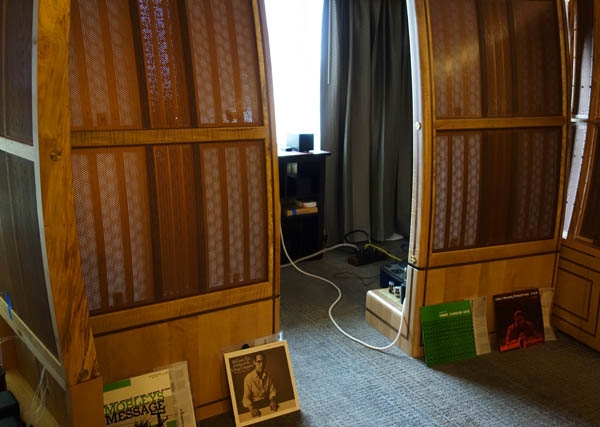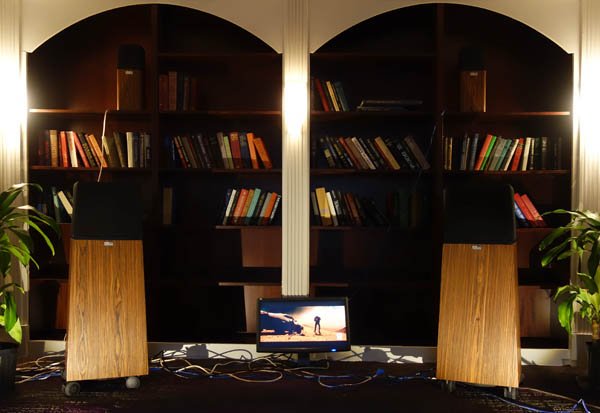| Columns Retired Columns & Blogs |
... used in the Emia Labs room appears similar to that which SME has/had set up in their headquarters listening room - except using the 63 model.
Also, the 1980s vintage Levinson HQD system was based upon stacked QUAD 57 speakers, with the addition of Hartley sub-woofers (in armoire-sized cabinets) and Decca ribbon super-tweeters.
https://www.stereophile.com/content/mark-levinson-hqd-loudspeaker-system

































